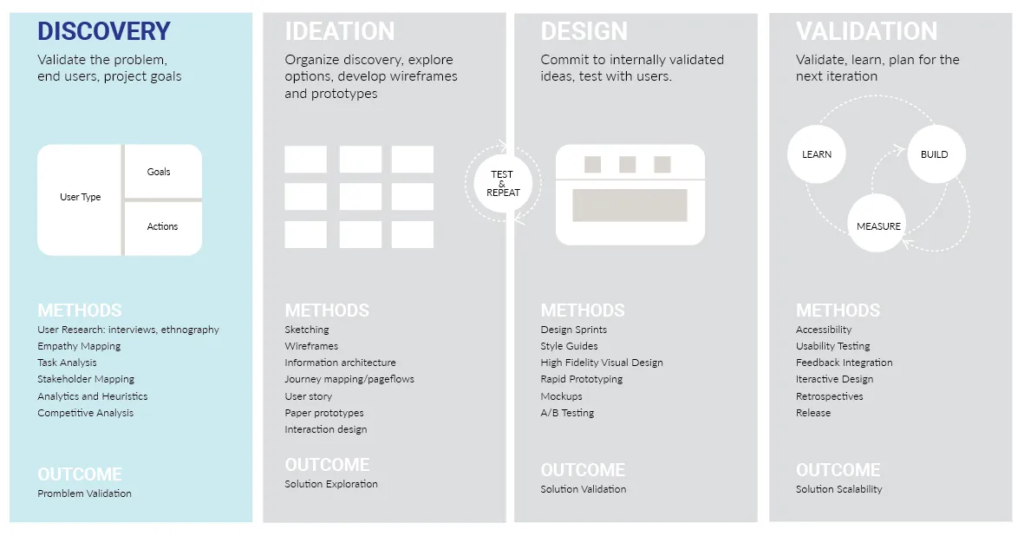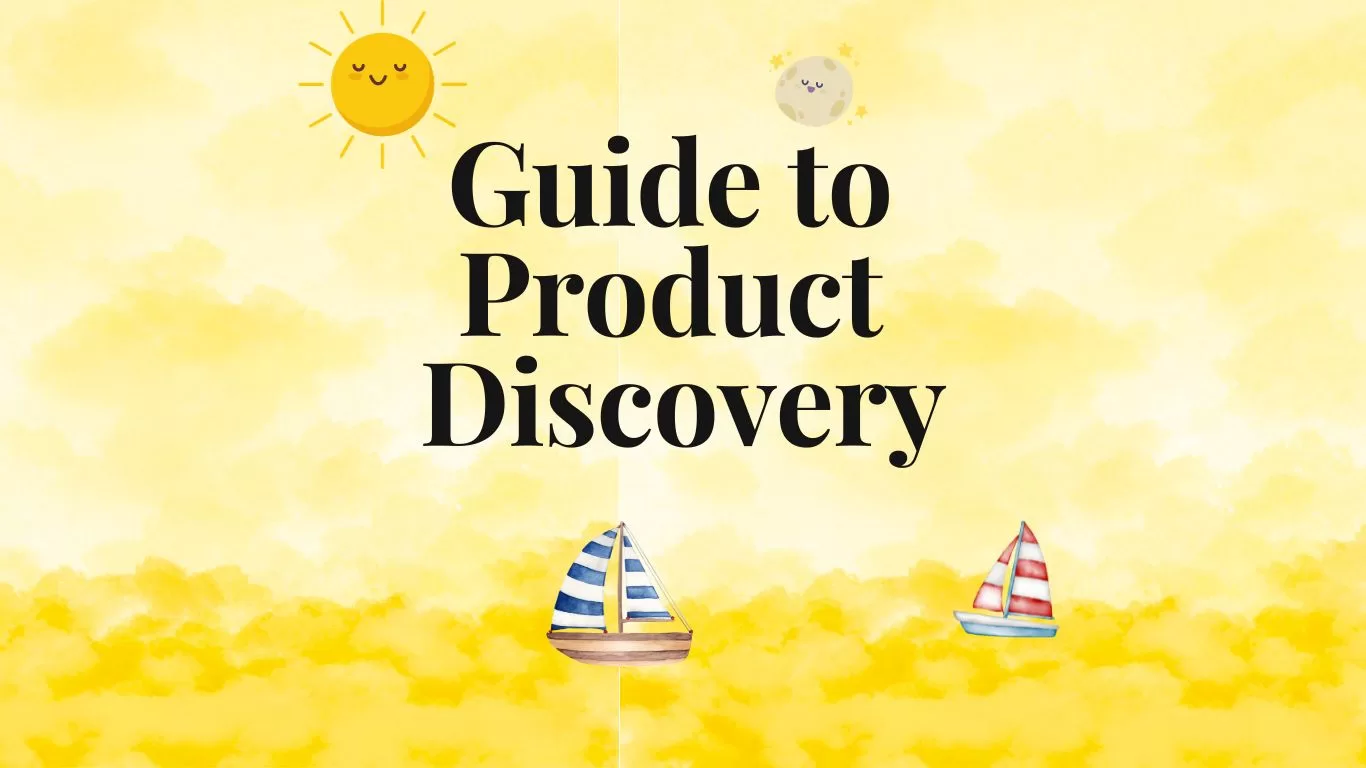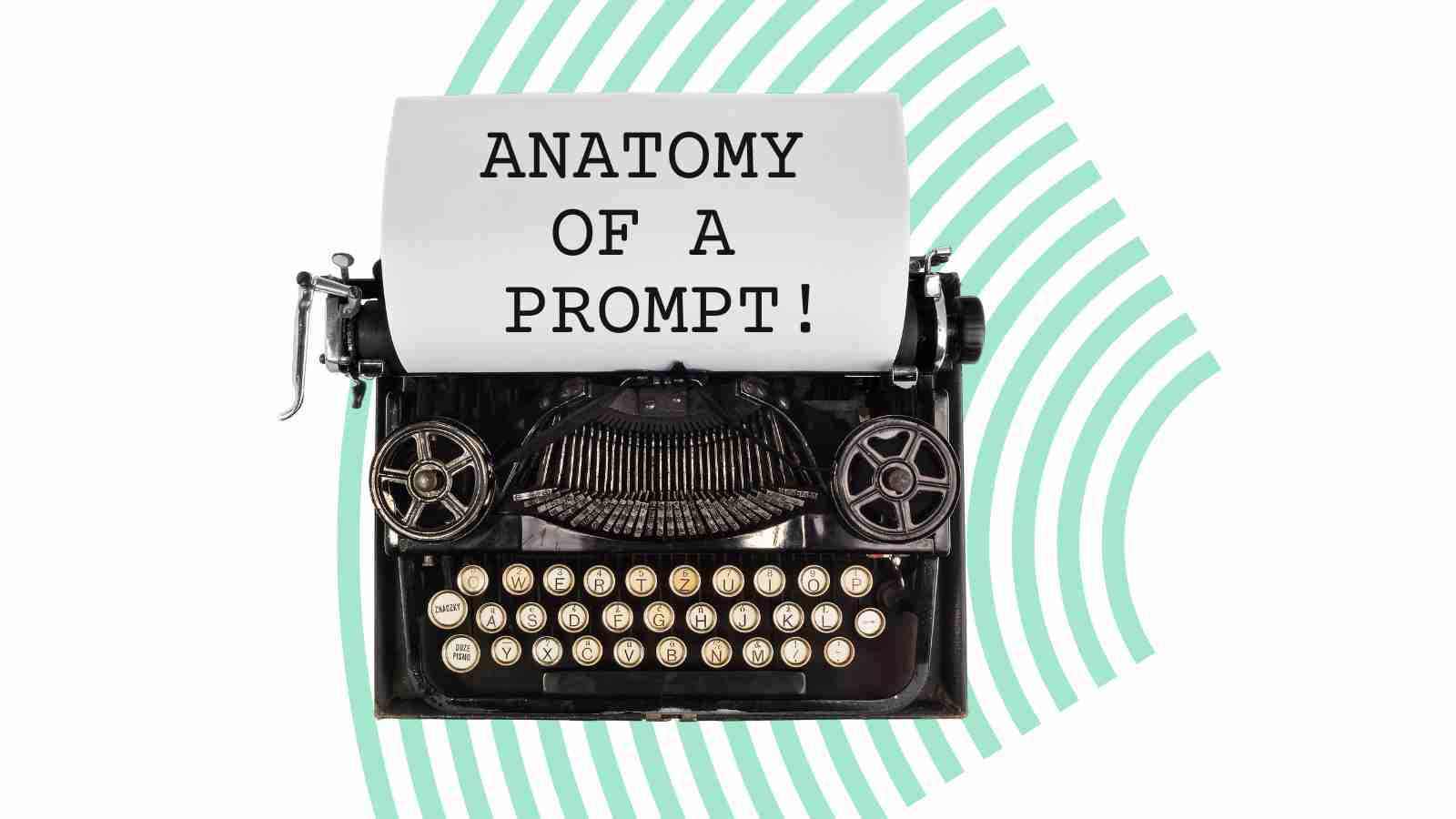product Discovery is a primary phase of a design Process.
Product Discovery is a crucial phase of the design process, where the product team aims to gain insight into a problem area and achieve agreement on desired outcomes.
This phase can be initiated through various activities, such as research or workshop sessions involving other-size teams. The primary objective of these activities is to identify the problem area and the desired outcomes.
When planning Product Discovery activities, it is essential to collaborate with all your teammates to achieve your objectives effectively.
Involving all team members will help ensure that everyone has a shared understanding of the problem area and desired outcomes, which will make it easier to come up with actionable and effective solutions.
Moreover, involving all team members will also promote a sense of ownership and accountability, which will increase the chances of success in the long run.
For a product team to take action based on research, it must meet certain criteria.
Firstly, the research must be timely,
meaning it should be conducted in a timely manner.
This is because the market is constantly evolving, and the longer it takes to conduct research, the more likely it is that the results will be outdated.
Secondly, the research should be actionable,
meaning it should provide clear insights and recommendations that the product team can act on. Finally, the research must be believable, meaning it should be conducted using reliable sources and methods.

What is the Product Discovery?
Product Discovery is the iterative process of reducing unpredictability around a problem, an opportunity, or an idea to ensure the correct product gets built for the right audience.
A Discovery Plan is the best way to make the team’s discovery efforts visible and to create commitment.
What is the importance of having a Discovery Plan as a Team?
There are different types of product teams, but it is essential to get together to decide your research objectives and the main research questions.
Table of Contents
A. The Product Roadmap to the Discovery Plan
Companies want self-sufficient teams that find the best path towards their desired outcomes. So, your team needs to:
- Define the objectives,
- Discover opportunities,
- Ideate/discover solutions,
- Validate solutions,
- Build it,
- Measure it and
- Learn
Teams must remember that the product is always in a continuous iteration mindset. Therefore, making endless Discoveries at various stages would be best to continuously learn from your users and the market to discover opportunities.
B. The importance of Team Alignment
While creating a Discovery Roadmap, the focus is to align early and commit to a particular outcome. You need to align with the team and your stakeholders, too.
While creating alignment, you don’t need to reach an agreement; you need to commit.
Creating alignment is more than sending an email or writing on Slack. Start conversations, answer the right questions, and commit.
We need to decide on the people involved in the Discovery stage, and you have to strike a perfect balance between having the entire team develop solutions and having too many meetings.
Or who should be involved in each Product Discovery stage must be more the question.
Who can contribute to the purpose of the activity?
The upside of constantly learning as a product team is that you can iterate the roadmap based on your knowledge. In addition, doing so helps produce more information and knowledge since it’s continually discovered.
And obtaining information allows us to advise, evaluate, and make better decisions when prioritizing.
Even if we are continuously learning, you must have direction and a commitment as a team to achieve your goals. Don’t be afraid of taking decisions, just like you don’t have to be afraid to pivot as you get new information.
Review of the Discovery Plans should be continuous throughout the project. During the project, you can review the plan and introduce it to your team planning meetings like planning.
Having a Discovery Plan helps to create commitment with all the team members, work on a self-sufficient team, and have the correct information at the right moment to assess your decisions.
Read more articles exploring the dynamic interplay between design, user experience, artificial intelligence, and technology here.





Leave a Reply